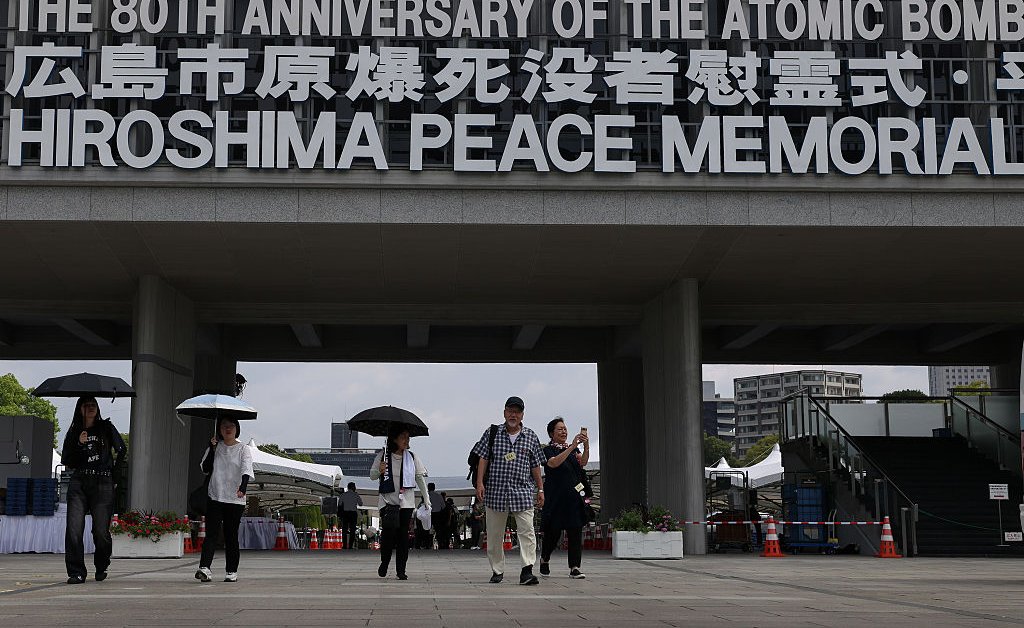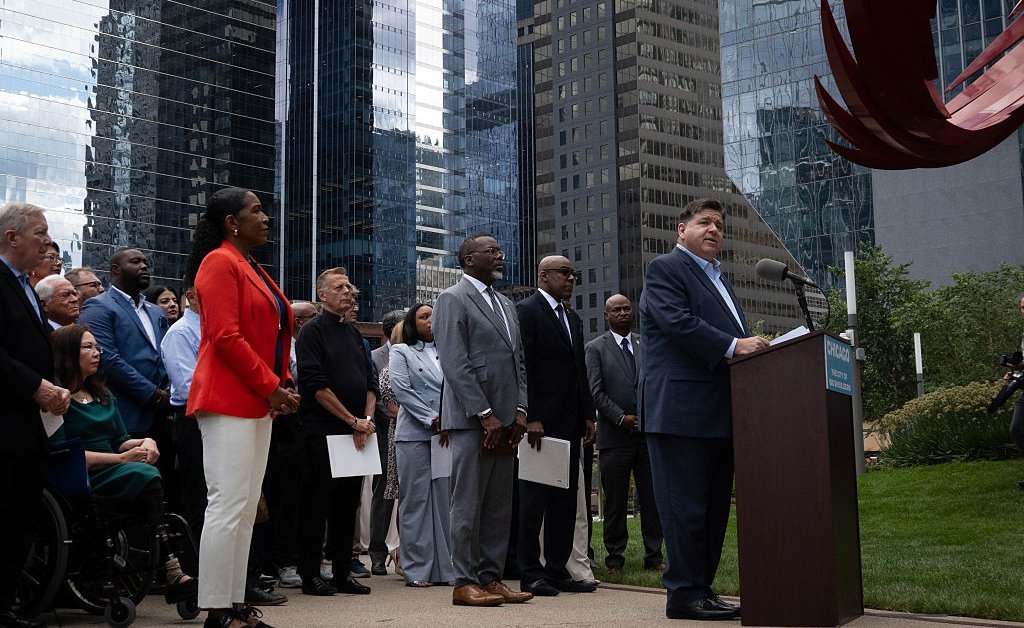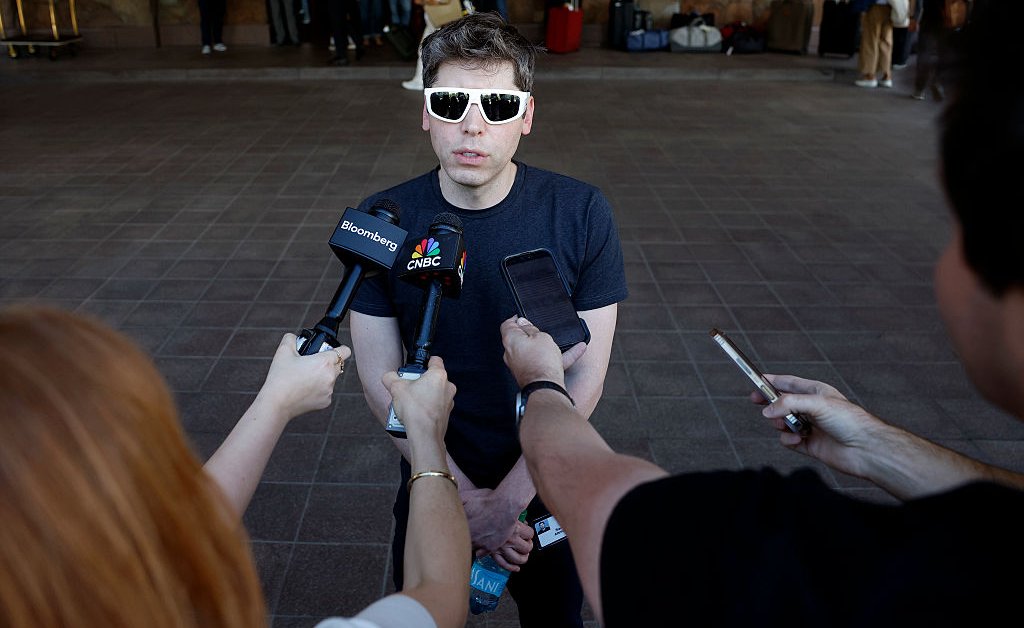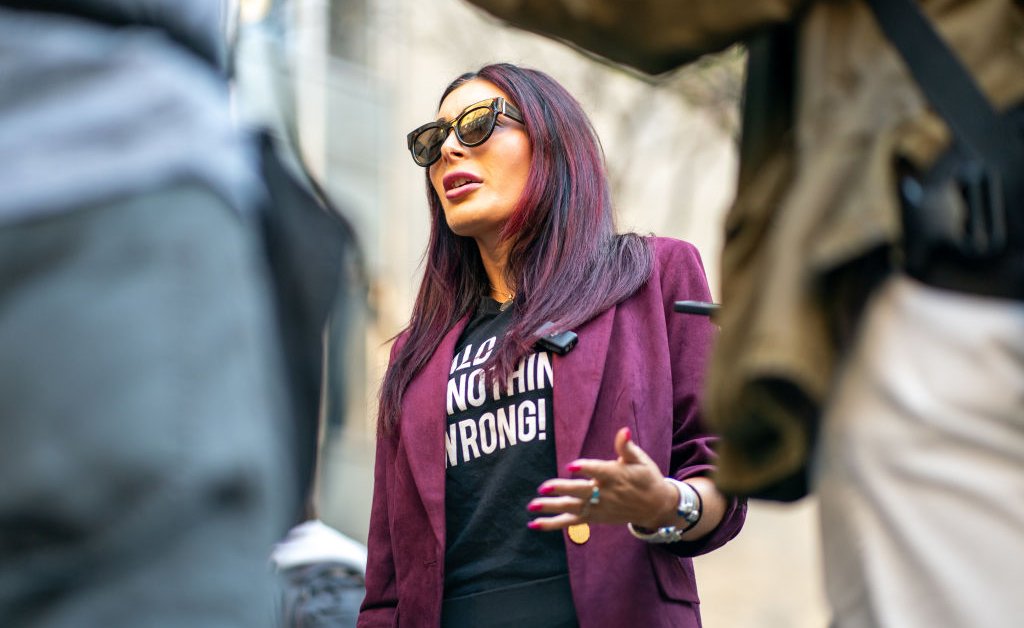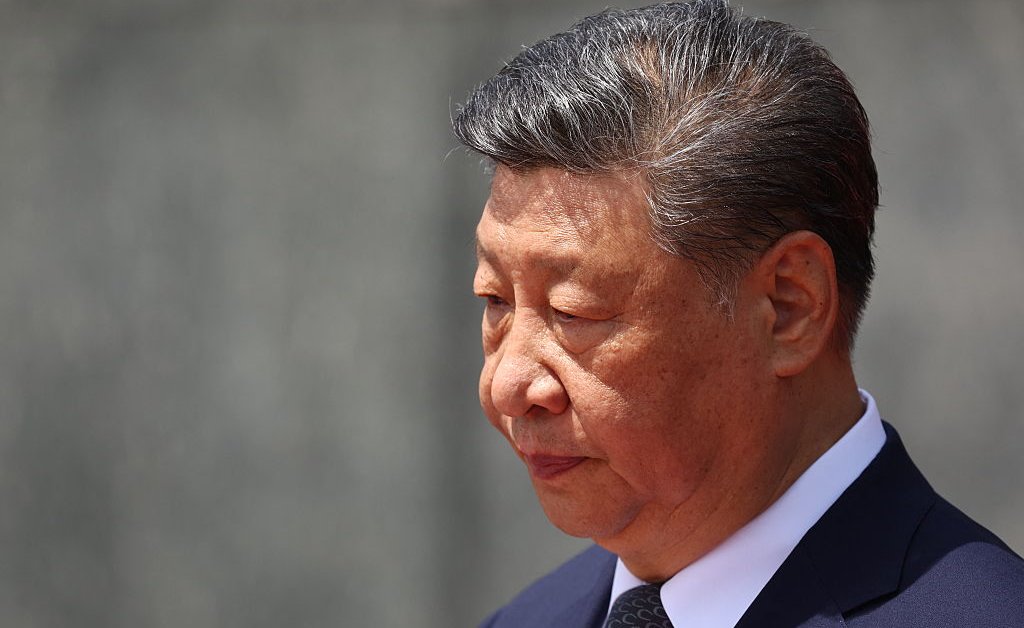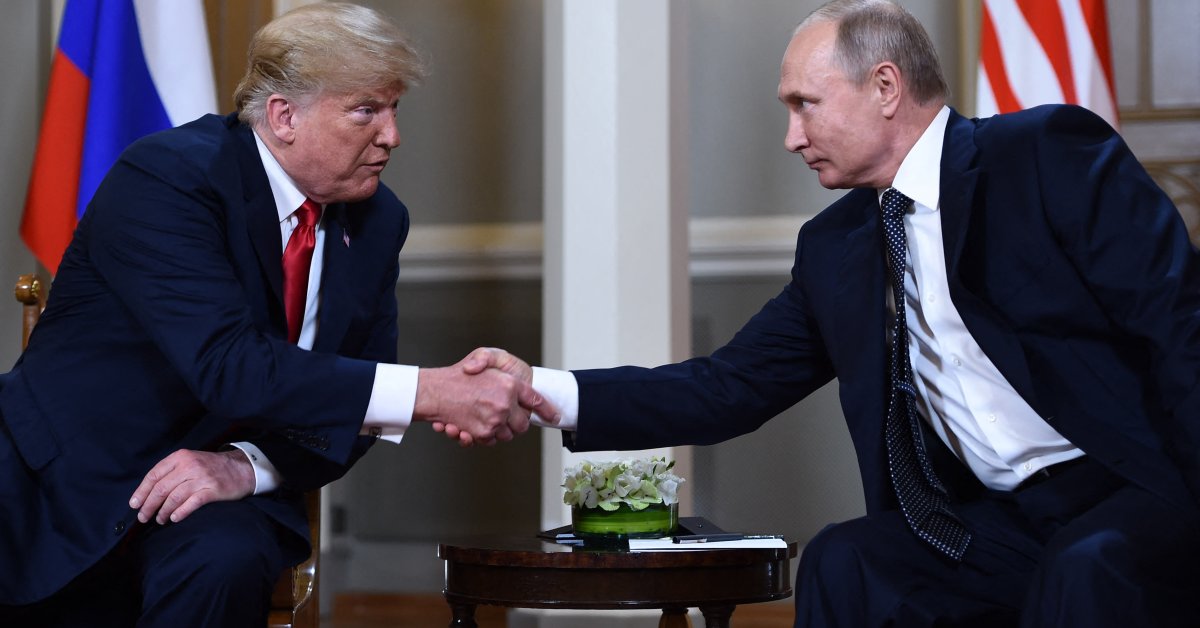On a humid July morning in Hiroshima, Japan, I sat in a basement conference room below Peace Memorial Park with 40 other delegates in the U.S.-Japan Leadership Program, listening to the 80-year-old Koko Kondo describe the horror of the U.S. atomic bombings.
Koko is a Hibakusha, literally a “bomb-affected” person. She was just a baby when the 9,700-lb. “Little Boy” bomb dropped by the B-29 bomber Enola Gay incinerated most of her city 80 years ago today. Last week, her mind was sharp, her remarks surprisingly funny, and her voice steady. She recounted how her father Tanimoto, a priest, initially rushed home after the deafening blast and searing light to search for his wife and infant daughter instead of helping the burned and blinded people around him. That memory haunted him for the rest of his life.
Read More: Survivors of the Atomic Blasts in Hiroshima and Nagasaki Share Their Stories
But what truly startled me was what came next.
Koko had always dreamed about what she would do if she met any of the Enola Gay crew, men she assumed must have been monsters. Yet when she astonishingly did meet its co-pilot, Captain Robert Lewis, on the American “This is Your Life” game show in 1955, she saw a tear roll down his cheek as he recounted looking at the ruins of Hiroshima from the plane and wondering: “My God, what have we done?”
“I realized I didn’t hate him,” she said. “I hated war.” They ended up holding hands. Then Koko paused, and mentioned that “when he came to Hiroshima, President Obama spoke of a Hiroshima survivor who ‘forgave a pilot who flew the plane.’ I always wonder … was that me?”
I felt a strange electricity pass through my spine. My palms started sweating. I had served as a speechwriter for Obama when he became the first sitting U.S. President to give remarks at Hiroshima. And I remembered that I had helped collect research for Ben Rhodes, the brilliant speechwriter who helped prepare those remarks. As I worked with a few others to dig through stories and narratives, suddenly I recalled reading Koko’s tale.
I walked up to the front of the conference room, located just a few hundred feet from the detonation’s ground zero. “Koko-san,” I said gently, “I believe I can answer your question about President Obama because I did research for that speech. That was your story that he told.”
Some of my fellow delegates captured this moment on video. In it, you can hear them gasp as they realize what is happening. Koko yelps and claps in surprise. Tears well up. Koko and I embrace. Somehow, across eight decades and two continents, the various strands of history felt like they came together.
The global narrative of the atomic bombings of Hiroshima and Nagasaki remains unclear, and debates continue to rage on this topic. Some argue it hastened the end of World War II and saved untold civilian and military lives that would have been lost in a ground invasion of Imperial Japan. Others argue the bombings were militarily unnecessary, inherently immoral, and primarily designed to flex American power.
Then there are the messy human stories. For example, one Japanese delegate revealed that her grandfather was slated to perish as a Kamikaze pilot on Aug. 17, 1945. His life was spared when Japan surrendered two days earlier, and he went on to meet and marry her grandmother. I wondered if her very existence was made possible by the deaths of more than 100,000 others.
Still, for many in the U.S., World War II is remembered as a “just war.” As a Jewish American, I primarily learned about the war in Hebrew school, reading about the horrors of the Holocaust and the bravery of our Greatest Generation in saving the world from the Nazis and fascism. It is a history easy to tell as a simple narrative of right and wrong, hero and villain.
Meeting Koko and spending time in Japan complicated my idea of even this “just war.” I saw how conflict can devastate communities, and the after-effects can linger for generations.
“The past is never dead,” William Faulkner famously wrote. “It’s not even past.”
I used to think that quote was about memory. But sitting beside Koko, who survived a nuclear bomb, met the man who dropped it, and lived to see her story told by an American President, I realized it’s also about our future.
The past is not past because it still asks things of us today. As Americans, when we consider current conflicts raging around the globe, or when we debate domestic immigration or criminal justice policy, our politics and social media algorithms can encourage us to flatten people into mere enemies.
Koko’s story urges us to find a better path, and to seek out human connection. Meeting Captain Lewis allowed her to forgive a man who dropped a bomb on her. Meeting another delegate whose grandparent had been a Kamikaze pilot forced me to rethink my assumptions as a Jewish American about the descendants of Axis power military members.
Our planet is enormous, and its history is complicated. But the world is still small enough for two people—one who lived history and one who tried to help tell it—to connect. When that happens, it’s not just memory that comes alive. It’s hope.

